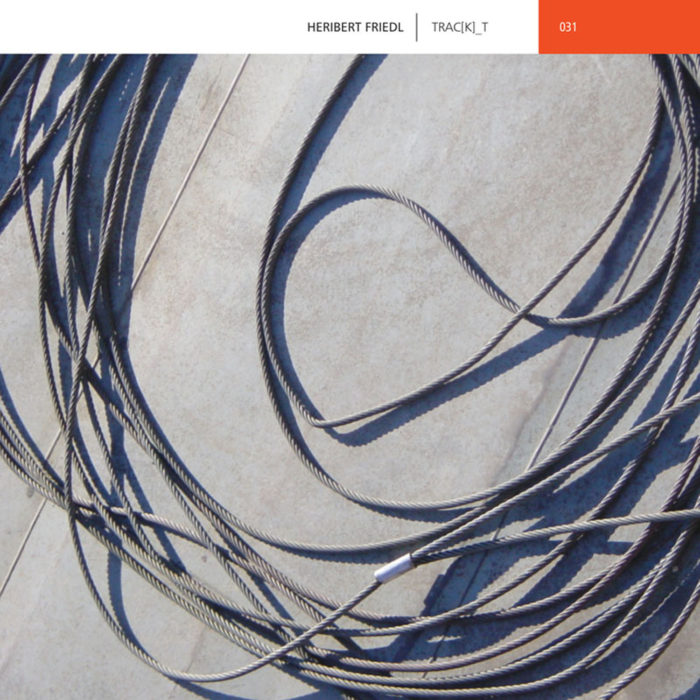This is the final work in the series of works-encompassing ataraxia, bradycard, trans~, and back_forward – using the cymbalon as source material. The process of working with this hammered stringed instrument for this series has been a “discussion” between the instrument and myself, an exploration of traditional playing, digital processing, and mixtures of both.
I feel that trac[k]_t should convey the scope of using an instrument without losing both its intrinsic nature of engagement as well as the sound of how it is played. Being a conceptual work, rather than a kind of “tract,” the process of this recording has become a kind of instruction for myself to understand not only my work with this instrument in of itself but also its communion with digital processes.
The work is to be continuation in sound from my previous works. While not a repetition of ideas and sounds, rather it has become more of a search for the essence of this instrument. The way of working with it to come to a satisfiable conclusion and summation.

